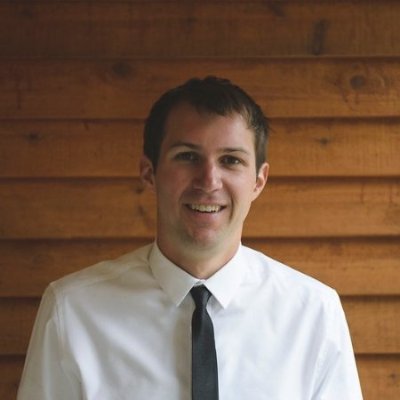Program Information
Retrofitting Old Linac Vaults to Safely and Efficiently Accommodate Newer Technologies
C Bojechko*, N Ploquin , A Hudson, Tom Baker Cancer Centre, Calgary, AB
Presentations
SU-I-GPD-T-634 (Sunday, July 30, 2017) 3:00 PM - 6:00 PM Room: Exhibit Hall
Purpose: In established cancer centres which have little room for expansion, retrofitting vaults so they can safely and efficiently accommodate newer technologies is becoming a common and challenging issue. One of our vaults that previously contained a 6 MV linac with a maximum dose rate of 600 MU/min was upgraded to a linac with maximum photon energy of 10 MV-FFF and a maximum dose rate of 2400 MU/min. Of concern was the neutron production and therefore maze and door configurations, instantaneous dose rate at primary barriers, additional shielding requirements, and room usability.
Methods: The additional shielding requirements were calculated using conventional methods. Neutron dose was predicted using the modified Kersey's method and compared to measurements at locations inside and outside the vault made using a neutron detector. Shielding of the primary 10MV-FFF beam was done using a TVL determined from Monte Carlo. During linac acceptance an empirical calculation of the TVL was done using measurements of the instantaneous dose rate through different primary barriers.
Results: The modified Kersey's method used with measured neutron fluence data, gave good agreement between measurements and calculations to within 50%. Measurements of the instantaneous dose rate gave results higher than the expect values by a factor of 2, resulting in a calculated TVL of concrete higher than the referenced literature value.
Conclusion: Repurposing older vaults to make them suitable for newer equipment is challenging and there is little data for the inputs required determining additional shielding for FFF beams. It was found that the modified Kersey method with measured neutron fluence for input gave very good agreement between predicted and measured dose. An empirical estimation of TVL for concrete yielded a result different from that calculated in Monte Carlo. This data can be utilized by other centres that plan to retrofit old vaults.
Contact Email:
